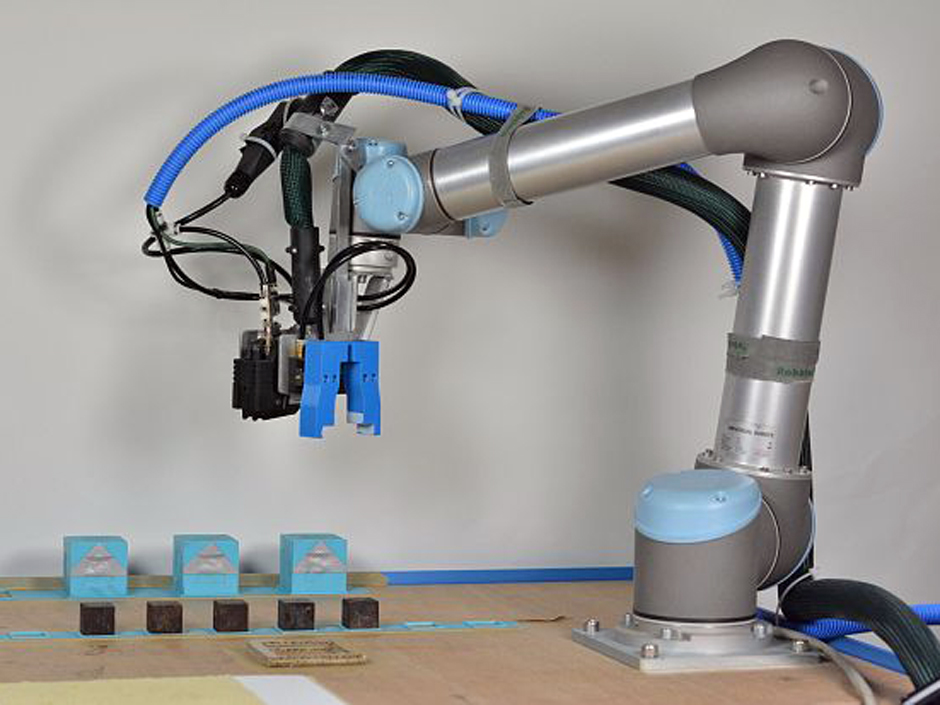-
Tips for becoming a good boxer - November 6, 2020
-
7 expert tips for making your hens night a memorable one - November 6, 2020
-
5 reasons to host your Christmas party on a cruise boat - November 6, 2020
-
What to do when you’re charged with a crime - November 6, 2020
-
Should you get one or multiple dogs? Here’s all you need to know - November 3, 2020
-
A Guide: How to Build Your Very Own Magic Mirror - February 14, 2019
-
Our Top Inspirational Baseball Stars - November 24, 2018
-
Five Tech Tools That Will Help You Turn Your Blog into a Business - November 24, 2018
-
How to Indulge on Vacation without Expanding Your Waist - November 9, 2018
-
5 Strategies for Businesses to Appeal to Today’s Increasingly Mobile-Crazed Customers - November 9, 2018
Unnatural Selection: ‘Mother Robot’ Builds Evolving Baby Bots
A robot that can rearrange other robots into better robots might, to Musk, sound like something that needs to be carefully controlled. The researchers report that the information gathered from each test drove the evolution of the following generation.
Advertisement
And then the researchers programmed the mother robot to create increasingly better little robots.
Engineers observed that the “mother robot” was capable of assessing how far its children were able to move, and used the knowledge to enhance the design of the next generation. The robot designed by the researchers can actually learn on its own, with no input from humans, and create better robots by correcting its own mistakes.
“Natural selection is basically reproduction, assessment, reproduction, assessment and so on”, explained Fumiya Iida of Cambridge’s Department of Engineering, who worked in collaboration with researchers at ETH Zurich. He added that this is exactly what the recently developed mother robot does and that they are able to analyze the diversification and improvement of its species. Each cube features a unique “genome” made up of a combination of between one and five genes.
The genetic “fitness” of each design was tested on the basis of how far the “kids” could travel across a table in a given amount of time. The most successful individuals remained unchanged from generation to generation, while the least successful were subjected to mutations and gene crossovers.
Scientists found that the traits that were preferential were passed down through the generations of small robots so that the last small machine performed its task twice as fast as the ones prior to it.
Over time design variations emerged and performance improved, not just through fine-tuning, but because the mother-bot invented new shapes and movement patterns, including designs which a human could not have built.
The origin of intelligence is a mystery to many biologists, and a question that Iida and his team were interested in exploring.
“It’s a long way to go before we’ll have robots that look, act and think like us”, said Dr Iida.
“We think of robots as performing repetitive tasks, and they’re typically designed for mass production instead of mass customisation, but we want to see robots that are capable of innovation and creativity”. And like in nature, their physical bodies adapt to thrive in their environments over time.
Advertisement
The disadvantage of this method is that each “baby” robot took about 10 minutes to create and test. In the future, scientists could use computer simulations to pre-select the fittest candidates, and use the real-world models for actual testing.




























